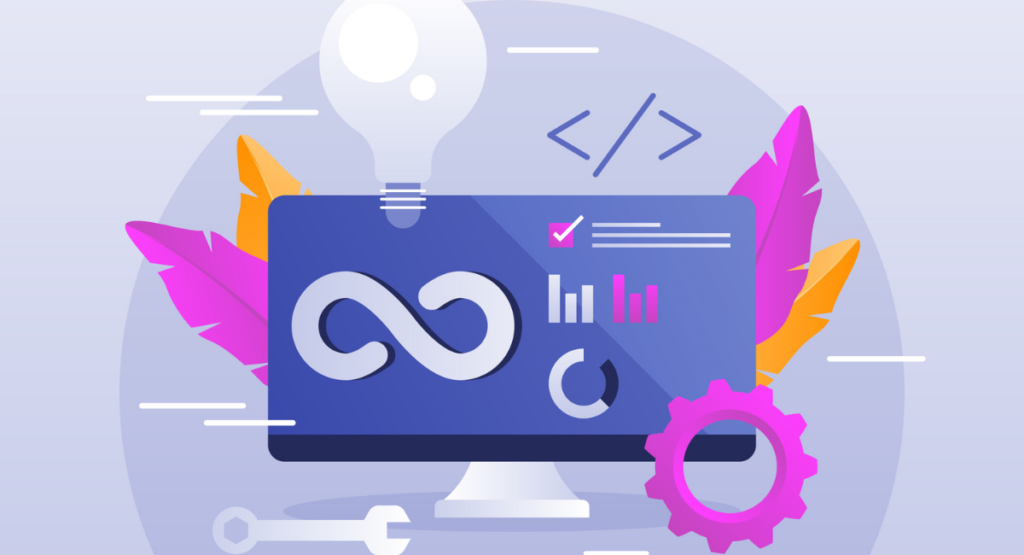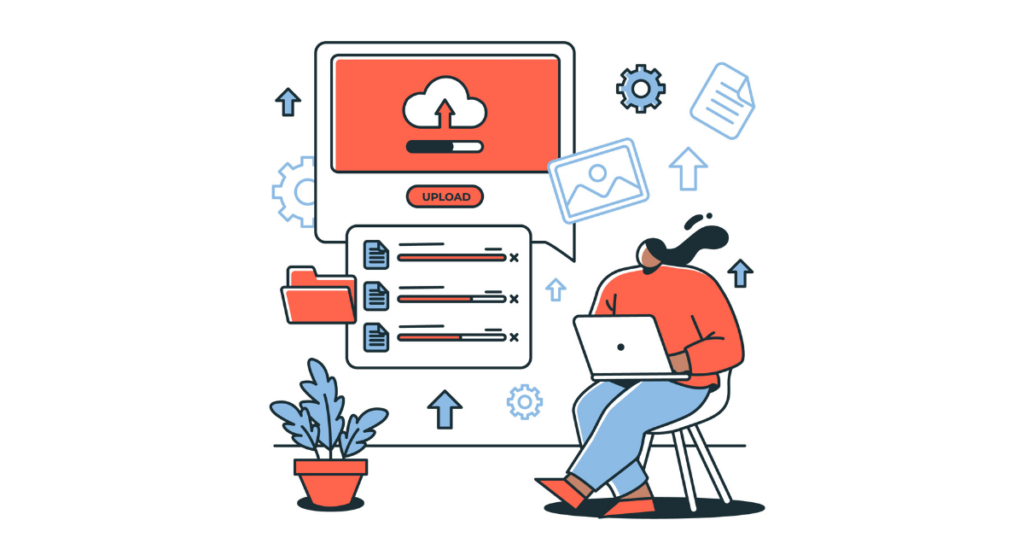Getting involved in a beta testing program may be exciting, yet it can look daunting. This is the first step toward fine-tuning your product with users' direct involvement, so that it turns up to be according to their needs and expectations.
The insights learned from this phase are very valuable in finding bugs, areas of user behavior, and gathering constructive feedback that will go on to help you in making a robust and user-approved final product. Read to know key steps and tactics to run your first beta testing effectively.
Understanding Beta Testing

What is Beta Testing?
It is a crucial stage in the software development process when the near-complete product is released to a selected group of people in the real world. Beta testing comes after alpha testing, right before the final market launch.
The major purpose of the beta testing is to find out bugs, glitches, or problems that might have been left unnoticed at previous stages of development. It also allows the collection of user feedback about functionality, usability, and general experience with the product.
In other words, it's like a final check to make sure the product fits the needs and expectations of the users without having significant deficiencies.
Importance of Beta Testing
The importance of beta testing in the development cycle is unsurpassed. It offers developers a built-in feedback loop from the users who will use the product in real-life scenarios.
This kind of feedback is very essential because it may point out some potential problems that developers may not have considered earlier. Besides, beta testing helps in:
- Identifying user experience issues: Through direct user interaction, feedback can pinpoint improvements needed in the user interface or experience.
- Verifying that the product functions correctly: Beta testing helps confirm that all the features work as expected outside the controlled development environment.
- Building user confidence and satisfaction: Allowing users to test and contribute feedback implicitly engages them and can turn them into advocates for the product.
- Reducing product risks: Catching and fixing bugs during beta testing significantly lowers the risk of product failure after launch.
Setting Up Your First Beta Testing Program
Defining Goals and Objectives
Before launching a beta testing program, clearly define what you hope to achieve. Consider specific aspects of the product you are concerned about or particular insights you wish to gain. Objectives may include:
- Assessing overall stability and performance under typical usage conditions.
- Validating the effectiveness and clarity of the user interface.
- Identifying unanticipated use cases or behaviors.
- Gathering initial impressions about the features and functionalities.
Having clear, measurable goals not only streamlines the process but also helps in evaluating the success of the beta test later on.
Recruiting Beta Testers
Choosing the right group of beta testers is crucial as they will be providing the feedback necessary for improving your product. The ideal testers should:
- Represent your target audience: Ensure they reflect the characteristics of your expected real-world users.
- Have the ability and willingness to provide constructive feedback: Look for engaged and communicative participants.
- Include a mix of technical adeptness: Involve users with varying levels of technical skills to understand different perspectives.
To recruit testers, consider reaching out through social media, forums, emails, or using a sign-up form on your website. You can also use beta testing communities like BetaList or BetaBound to attract volunteers.
Choosing the Right Tools
Selecting effective tools is another fundamental step in setting up a successful beta testing program. These tools should help you distribute your software, collect feedback, and track issues efficiently. Some popular options include:
- TestFlight: Excellent for iOS app testing.
- Google Play Console: Useful for Android beta tests.
- Jira: Provides comprehensive issue tracking and project management.
- SurveyMonkey or Google Forms: For capturing user feedback easily.
Choose tools that integrate well with each other for a smooth flow of information and that are easy to use for both the testers and your team managing the test.
Running Your Beta Testing Program

Communication and Instructions
Effective communication is the backbone of any successful beta testing program. Start with writing clear, concise instructions to your testers regarding what to test and how to report their findings. Be sure to include contact information for technical support or answering questions.
Setting up an easy way of communication, such as an online forum or a dedicated email address to which people can send emails, really helps quick feedback and creates a sense of community among testers.
Also, a timeline should be created with regard to when the feedback is anticipated and how long each phase of testing could take. This makes sure that expectations are set correctly and your program runs on schedule.
Collecting and Analyzing Feedback
Systematic gathering of feedback is important in interpreting user experiences into action items. This means the implementation of tools or platforms that would make it easy to collect feedback, either through online forms, surveys, or direct product reporting.
Feedback will be categorized on usability, functionality, and performance, which is important in prioritizing issues to address. Consider qualitative analysis in underpinning common themes or repetitive issues.
These can be measured in terms of severity and frequency by methods such as rating scales or analytics. This structured approach not only smoothes out the process of gathering feedback but also helps in decision-making about which adjustments are necessary.
Iterating and Improving
After collecting and analyzing the feedback, iterate on your product with the insights. Priority should therefore be given to changes likely to have the greatest effect on user satisfaction and functionality of the product.
Devise an implementation schedule that sets feasible targets for completion. Do ensure follow-up with your beta testers regarding the changes implemented and make provisions for subsequent rounds of testing if necessary.
Such iteration will help fine-tune the product and ensure that its final result has the best chance of meeting the expectations of the end users. As improvements are being done, make sure to document all changes and feedback continually.
This documentation will become useful in the future and help validate the decisions that were taken during development.
Book a Demo and experience ContextQA testing tool in action with a complimentary, no-obligation session tailored to your business needs.
Closing Thoughts
Running your first beta test can be as exciting as it is overwhelming. It gives you an opportunity for communicating directly with users and to really hear their thoughts on your product.
Virtually, beta testing isn't a process but more of an ongoing dialogue with your target market. There's transparency involved, which can majorly improve your software when it's released.
Of course, sometimes your feelings may get hurt by feedback, but it's always invaluable in the fine-tuning process.
Take these insights and use them not only for the improvement of your product but also in your long-term learning process. With every new round of beta testing, you will adjust your approach and become better and better at understanding and meeting the expectations of your users.
With each set of user feedback, your product will come closer to fitting the needs of its target audience and thus have a better chance in the market.
The basis for a successful beta test is careful planning, effective communication, and open-mindedness toward feedback. Embrace the process and see just how much your product can evolve.
Also Read - What is bug triage meeting?- Efficient Software Development Management
We make it easy to get started with the ContextQA tool: Start Free Trial.
